On the weekend of the third Sunday of every July, a pontoon bridge is constructed between the Zattere area in Venice and the church of Il Redentore (‘The Redeemer’) on the island of Giudecca. Called the Festa del Redentore, the weekend-long ceremony is known for its spectacular display of fireworks towards midnight and nocturnal revelry thereafter. But when the ceremony takes place this year – on 18 and 19 July – the social-distancing measures that are doubtless to remain in force will provide historically minded Venetians with a reminder of the genesis of this ceremony and of the church that sits at its heart: the city’s deliverance from the plague of 1575–77.
The plague was devastating for Venice. With some 400 dying a day at its peak, by the time it had ended approximately a third of the city’s population had fallen victim to the pestilence, including the elderly Titian. Innovative measures were adopted to tackle its spread. These included a policy of curfew with which we would be familiar today, with residents of three of the city’s six sestieri banned from leaving their homes for eight days and dependent on the city authorities for the provision of necessary supplies.
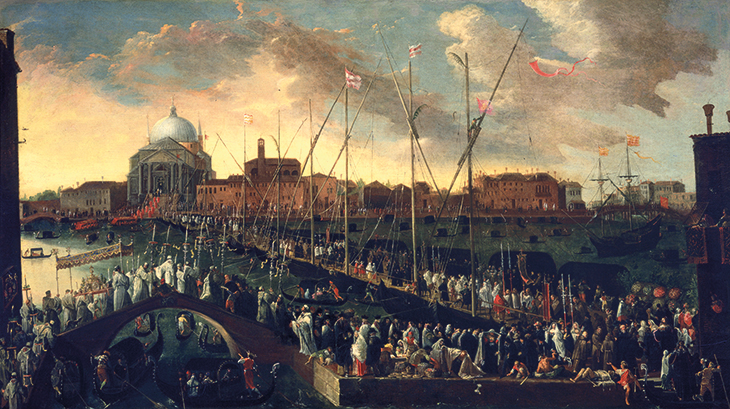
Procession before Il Redentore (c. 1648), Joseph Heintz the Younger. Museo Civico Correr, Venice. Photo: akg-images/Erich Lessing
When these measures failed, the thoughts of the city turned to God. On 4 September 1576 – at the height of the epidemic – the Senate vowed in the presence of the Doge to make amends to the Almighty by way of acts of public supplication and devotion. The principal offering of thanks was to be the construction of a votive church dedicated to Christ the Redeemer, which was intended as the focal point of an annual ceremony of thanksgiving.
Over the course of debates in the Senate that were held on 17 and 22 November, a frontrunner as architect for the church swiftly emerged in the person of Andrea Palladio (1508–80). Already an old man by this point – he died more than a decade before the church’s consecration in 1592 – Palladio had his whole architectural career behind him. Having established himself in Vicenza as an architect of palazzi and villas for local noblemen, he had found his greatest success in Venice as an ecclesiastical architect, with his facade for the church of San Francesco della Vigna and the church and cloister of San Giorgio Maggiore establishing a new language of ecclesiastical architecture for the city.
With the site and architect chosen, the only matter that remained to be decided was the form that the church should take. In one further discussion in the Senate on 9 February 1577 a question over which the architects of the High Renaissance had long agonised again became a point of contention: namely, whether the church should take a forma rotonda, i.e. a centralised plan, or a forma quadrangolare – a more traditional, longitudinal design. It is likely that Palladio’s sympathies were with the former scheme, the most eloquent proponent of which in the Senate was his patron Marc’Antonio Barbaro, whose advocacy for the form, the art historian Deborah Howard has shown, was in part derived from his first-hand experience of the recent mosques of the Ottoman architect Sinan. The Senate sided with tradition, however, voting in favour of the longitudinal scheme by a majority of almost two to one, with Palladio’s design officially approved on 17 February.
The procession across the pontoon bridge would have been at the forefront of Palladio’s mind as he worked up the accepted design. With the church to be approached centrally on processional days, the facade needed to provide a magnificent statement of the pietistic aims of the city and of its government. As a result, Palladio returned to a solution that he had explored in his earlier Venetian churches. For these, he had created a facade that was a wholly original deployment of antique motifs to suit the requirements of Roman Catholic liturgy. Memorably described by Rudolf Wittkower as comprising interlocking temple fronts, this solution – derived from the architect’s reconstruction of the Basilica of Maxentius (the Temple of Peace, as he called it) in Rome – creates a central pediment of four half-columns flanked on either side by lower half-pediments of a subsidiary order. Simultaneously monumental and harmonious, it was perfectly suited to the glorification both of God and of the city.
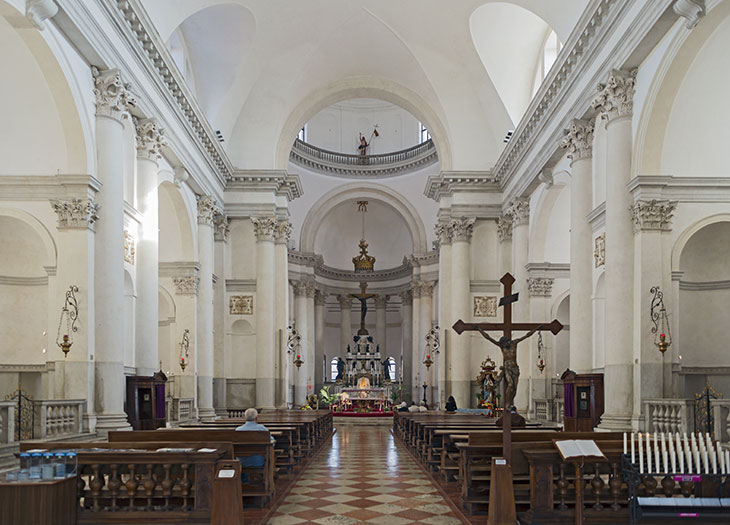
The interior of the Chiesa del Redentore. Photo: Didier Descouens/Wikimedia Commons (CC BY-SA 4.0)
The Redentore is perhaps Palladio’s most successful variation on this theme. The grand flight of stairs by which the church is approached disguises the inherent conflict residing in the fact that the major and minor orders – Composite and Corinthian respectively – cannot share the same pedestal without it being disproportionate to one of them. Furthermore, the introduction of an attic storey flanked by additional half-pediments (disguising the buttressing behind) lends a more imposing character to the facade, while continuing to express the division of the interior.
As in the exterior, internally Palladio continued to develop ideas that he had first explored in his earlier ecclesiastical architecture, most notably at the nearby San Giorgio Maggiore. Here, however, his solutions are determined by the requirements of the annual votive processions. As at San Giorgio, the church is divided into three zones: nave, crossing and retrochoir, but at the Redentore they have been modified to express certain processional requirements.
The nave, through which the Venetian people would have moved in procession, has been expanded to achieve a spaciousness redolent of the Roman baths. Instead of aisles, the barrel-vaulted side chapels contain openings along the east-west axis that allow them to act as ambulatories when needed. In the approach to the area beneath the dome, where the city’s officials were intended to sit on processional days, the walls of the nave turn inwards, allowing Palladio to provide the most important space of the church – both ceremonially and liturgically – with a monumental arched entrance. At its easternmost end, behind the altar, a semicircular screen of columns emphasises the centralising impetus of the dome and connects the church with the retrochoir housing the monks (kept plain in a concession to the austere Capuchins, who were the church’s caretakers).
With the Redentore and the annual procession, the Venetian republic was able to provide a monument to its experience of plague of such grandeur that even today this experience has not been forgotten. More than four hundred years later, as lockdown is cautiously eased across Europe, what monument will be appropriate for a secular age and who will be our Palladio?
From the July/August 2020 issue of Apollo. Preview and subscribe here.
Lead image: Longs Peak/Wikimedia Commons (CC BY-SA 3.0); original image cropped.
Unlimited access from just $16 every 3 months
Subscribe to get unlimited and exclusive access to the top art stories, interviews and exhibition reviews.

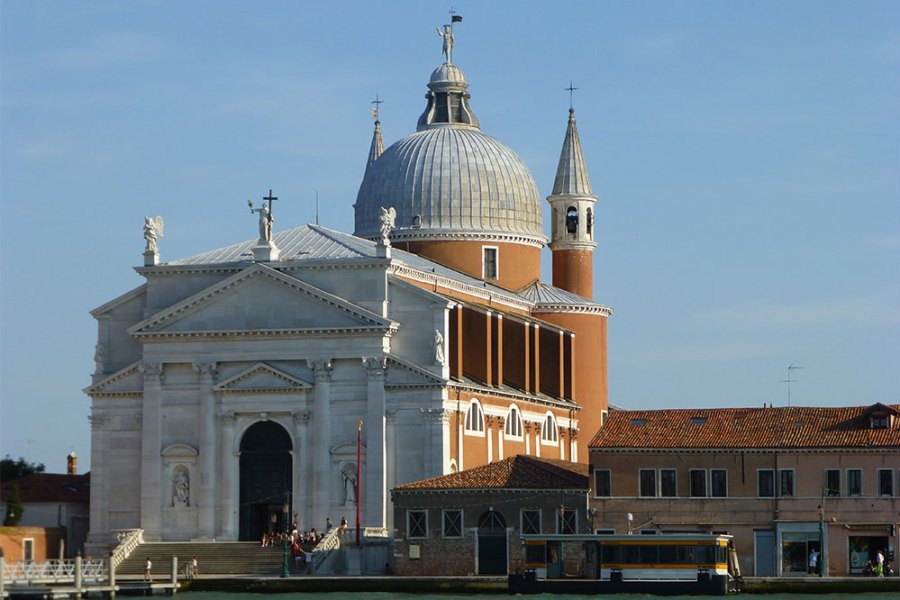
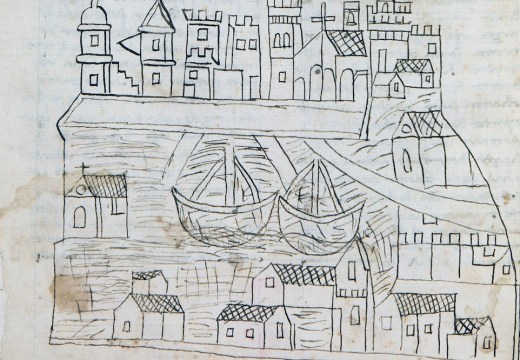
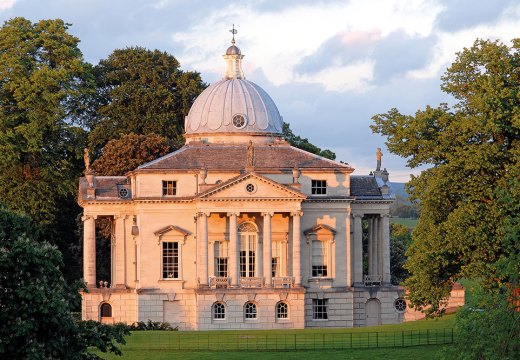
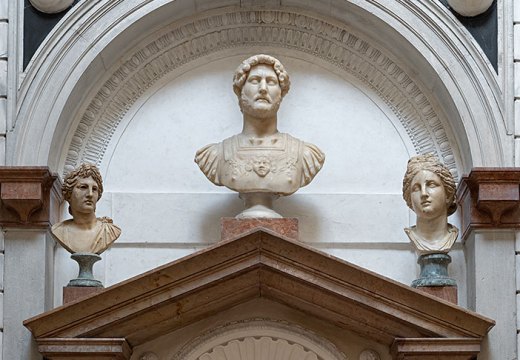









![Masterpiece [Re]discovery 2022. Photo: Ben Fisher Photography, courtesy of Masterpiece London](http://www.apollo-magazine.com/wp-content/uploads/2022/07/MPL2022_4263.jpg)
It’s time for the government of London to return to its rightful home